Elden Ring Limgrave secrets and dungeons guide – The basics of dungeoneering
Let’s talk about the basics of dungeon exploration in Elden Ring.
Sites of Grace, checking the map, and interacting with statues
Generally speaking, a vast majority of dungeons in Elden Ring will have a Site of Grace/bonfire near the entrance. It’s always a good idea to enter one and tag the Site of Grace therein so that (a) the location is marked and (b) you’ve got a new fast travel spot.
Also, once you obtain the region’s map from a stele, make sure to check for outlines and drawn art symbolizing dungeons. For example, the map might show that there’s something that looks like a cave. True enough, there’s a cavern when I go to that location.
Moreover, be on the lookout for statues of creatures that look like humanoid serpents. These point toward a particular direction, often leading to a dungeon’s entrance.
If a dungeon isn’t immediately visible, then it’s probably behind a cliff face or hillside, though the general direction that the statue is pointing to will still apply.
Types of dungeons
Elden Ring has various types of dungeons. As a rule of thumb, dungeons that belong to the same grouping would follow a particular template, mechanic, or enemy spawn. But, there are always surprises along the way.
Basic: Graves, crypts, or catacombs – These dungeons in Elden Ring are populated by undead and/or imps. If you’re fighting the former, beware since they can resurrect unless you kill them during the animation. The goal in these dungeons is to find the lever that will open the door to the boss’ chamber. These areas are also full of Grave Gloveworts, useful materials to help upgrade your Spirit Ash Summons.
Basic: Mines or tunnels – If a dungeon says that it’s a mine or tunnel, then you’re going to have a decent time picking up lots of ores. You may even find Smithing Stones and Somber Smithing Stones, which are used to upgrade your weapons. The key concept here is that mines have lots of rock or crystal-infused mobs, and you have to use a blunt weapon (i.e., hammer or flail) to deal more damage. Using slashing/piercing weapons (i.e., blades) would be next to useless. Likewise, if you find a shaft and a lift, there might be smaller nooks that you can roll to as the lift is moving.
Basic: Caves – Caves, unlike mines, tend to have fewer levels or floors. Also, they’d mostly have beast or bandit-type mobs as opposed to those made of rocks. A couple of examples are the Coastal Cave and Murkwater Cave.
Basic: Ruins – Ruins are overworld features that are teeming with all sorts of enemies. Ideally, you’ll want to look for a cellar that might have a chest, boss fight, or secret. An example is the Waypoint Ruins Cellar where you’ll find Sorceress Sellen.
Basic: Evergaol – Evergaols are circular areas surrounded by tendrils with purple eyes. You may interact with the switch to start an encounter. One example is the Forlorn Hound Evergaol.
Special: Legacy Dungeons – These are some of the most daunting and complex dungeons in Elden Ring since they’re tied to progression. There are multiple floors, various secrets, and even a boss fight or two. For instance, Stormveil Castle is a mighty fortress that you visit early in the campaign. There’s a secret passage behind the Liftside Chamber door which leads to a few goodies. The main goal is to defeat Godrick the Grafted, before heading to another passageway to activate his Great Rune.
Special: Unique Locations – These unique locations in Elden Ring aren’t as large as Legacy Dungeons, though they’re still fairly complex. Some might be tied to progression as you try to reach new regions, such as the Ruin-Strewn Precipice. Others, meanwhile, might have puzzles that need to be solved, like the Carian Study Hall.
Special: Imp Statue Dungeons – The Imp Statue dungeons in Elden Ring require a Stonesword Key to be opened. They have varying degrees of difficulty and complexity. Some could have only a couple of rooms, while others could pose a challenge like Fringefolk Hero’s Grave.
Special: Wells – Wells might look like nondescript domed buildings. But, once you ride the elevator down, you’ll realize that there’s a massive, underground area with lots of hostiles and secrets. An example is the Siofra River Well where you’d meet the Abandoned Merchant.
All right, let’s go to the next part of our Elden Ring Limgrave secrets and dungeons guide.

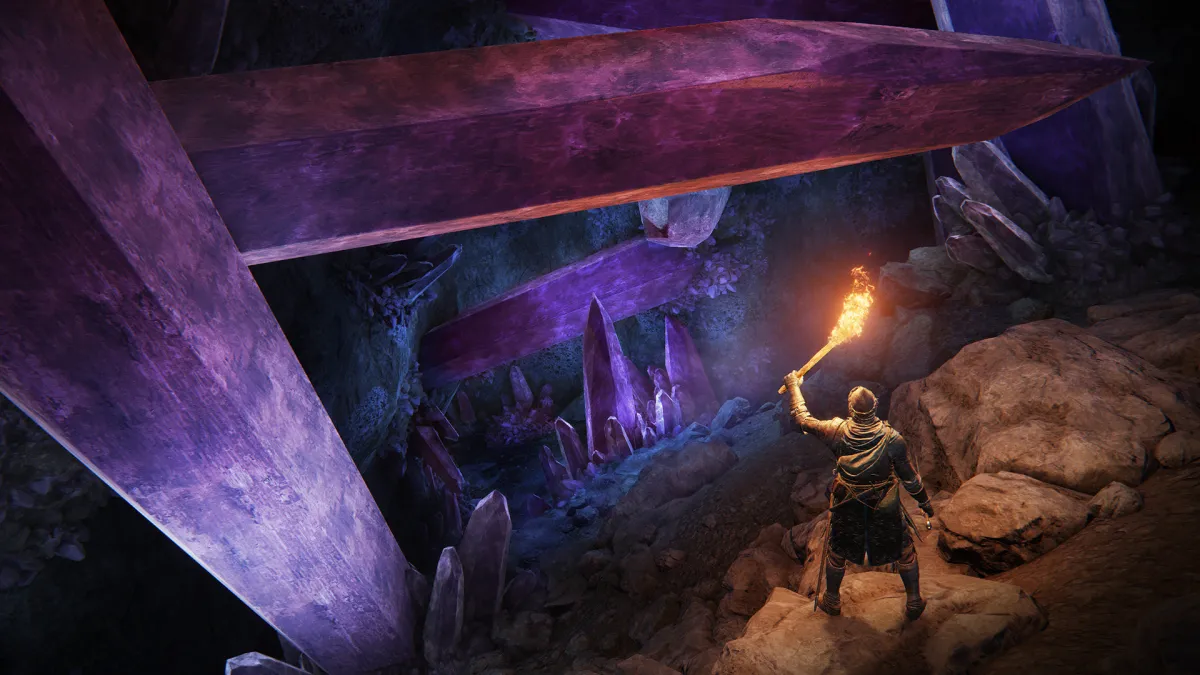
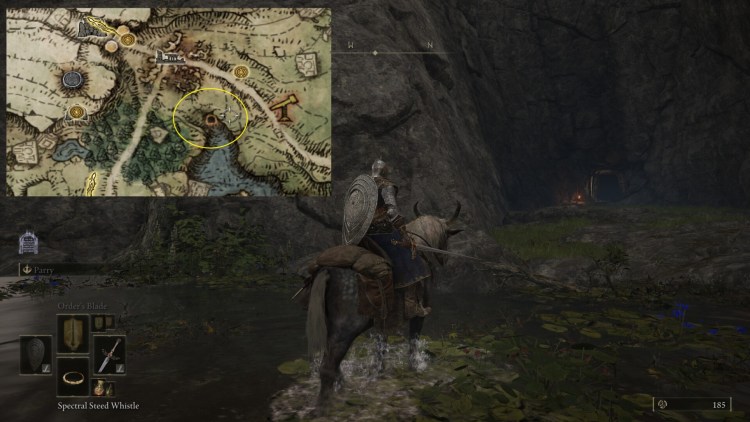
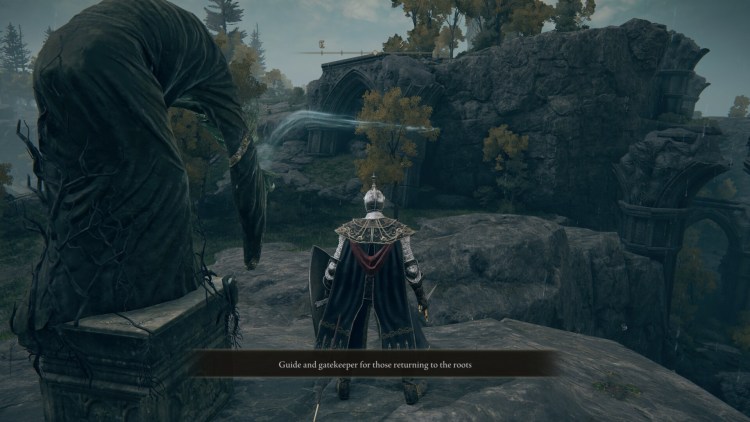
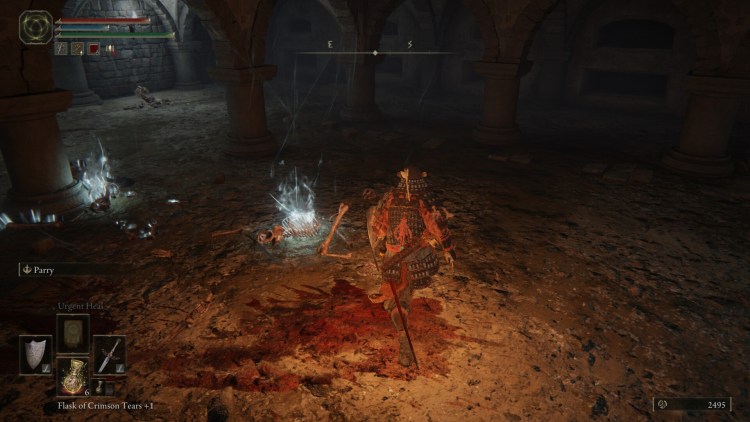
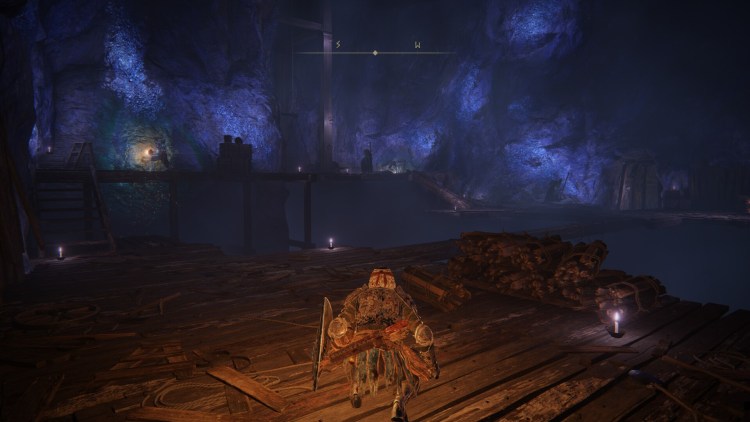
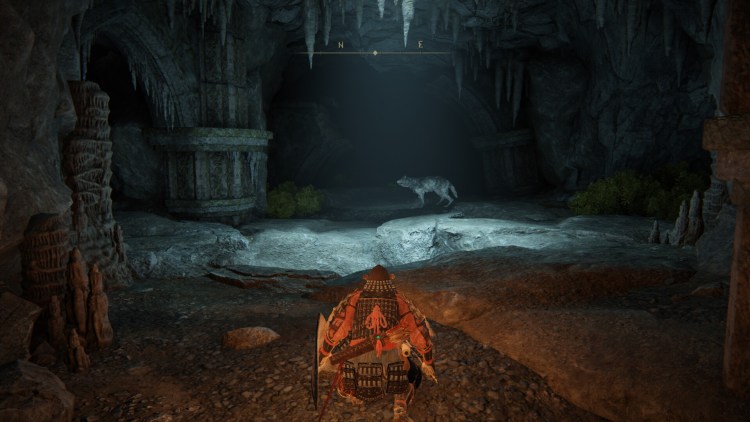
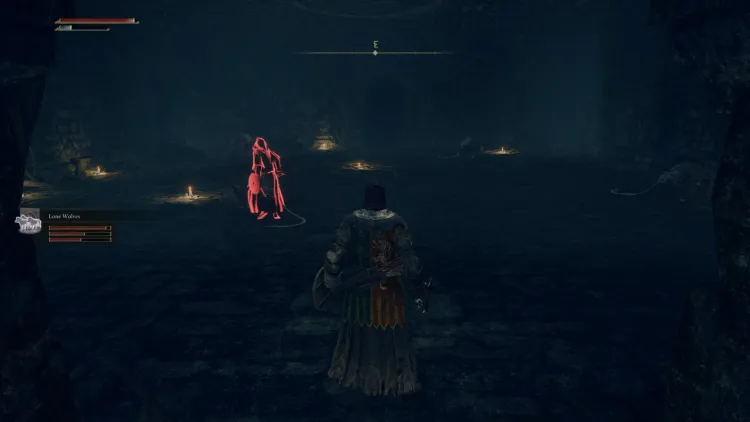
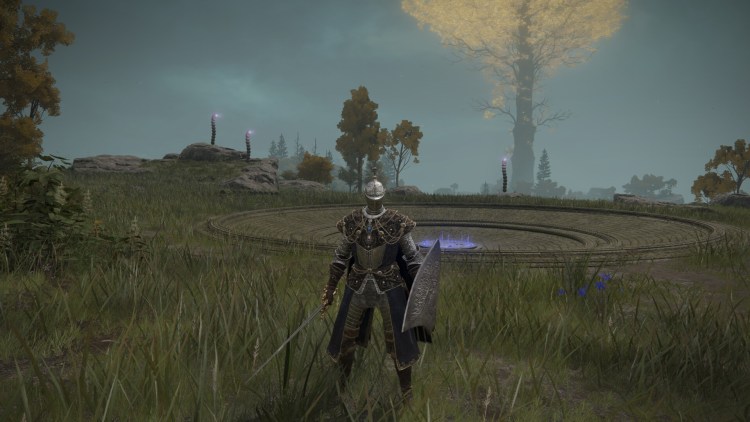
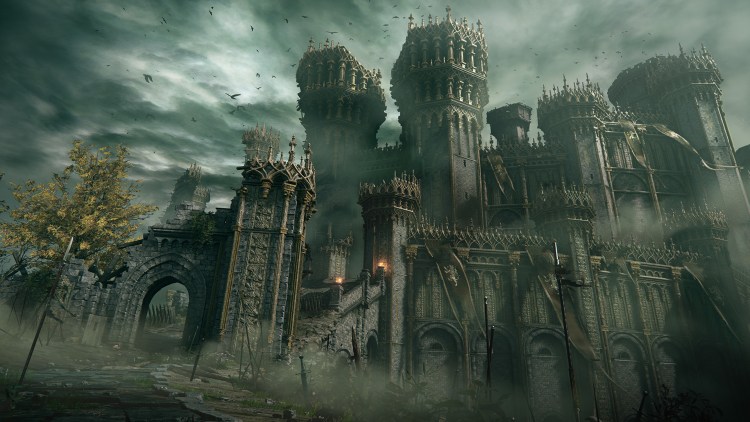
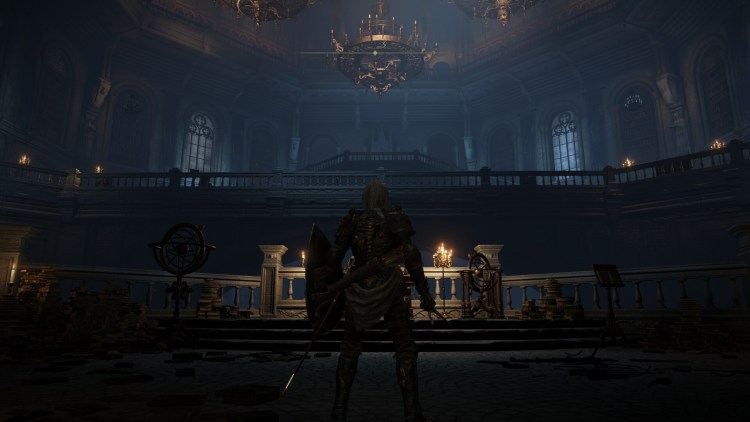
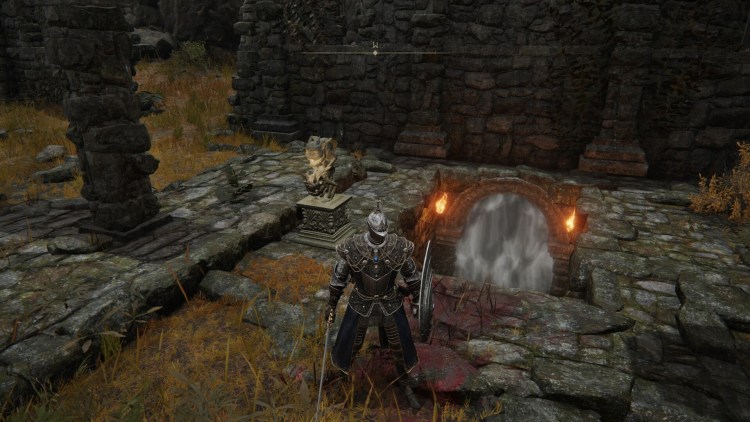
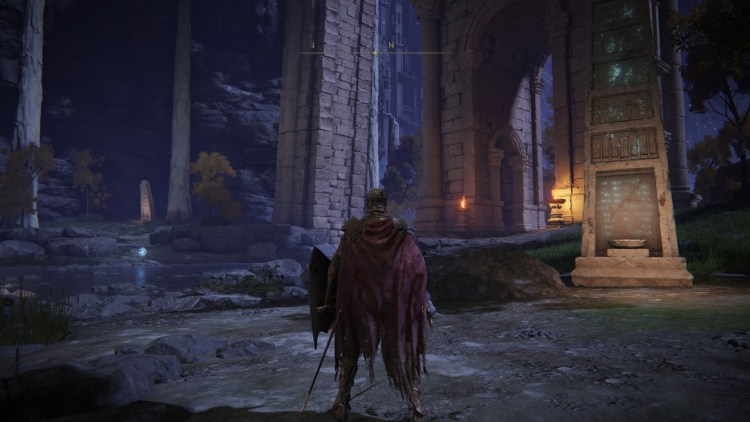




Published: Feb 25, 2022 8:45 AM UTC